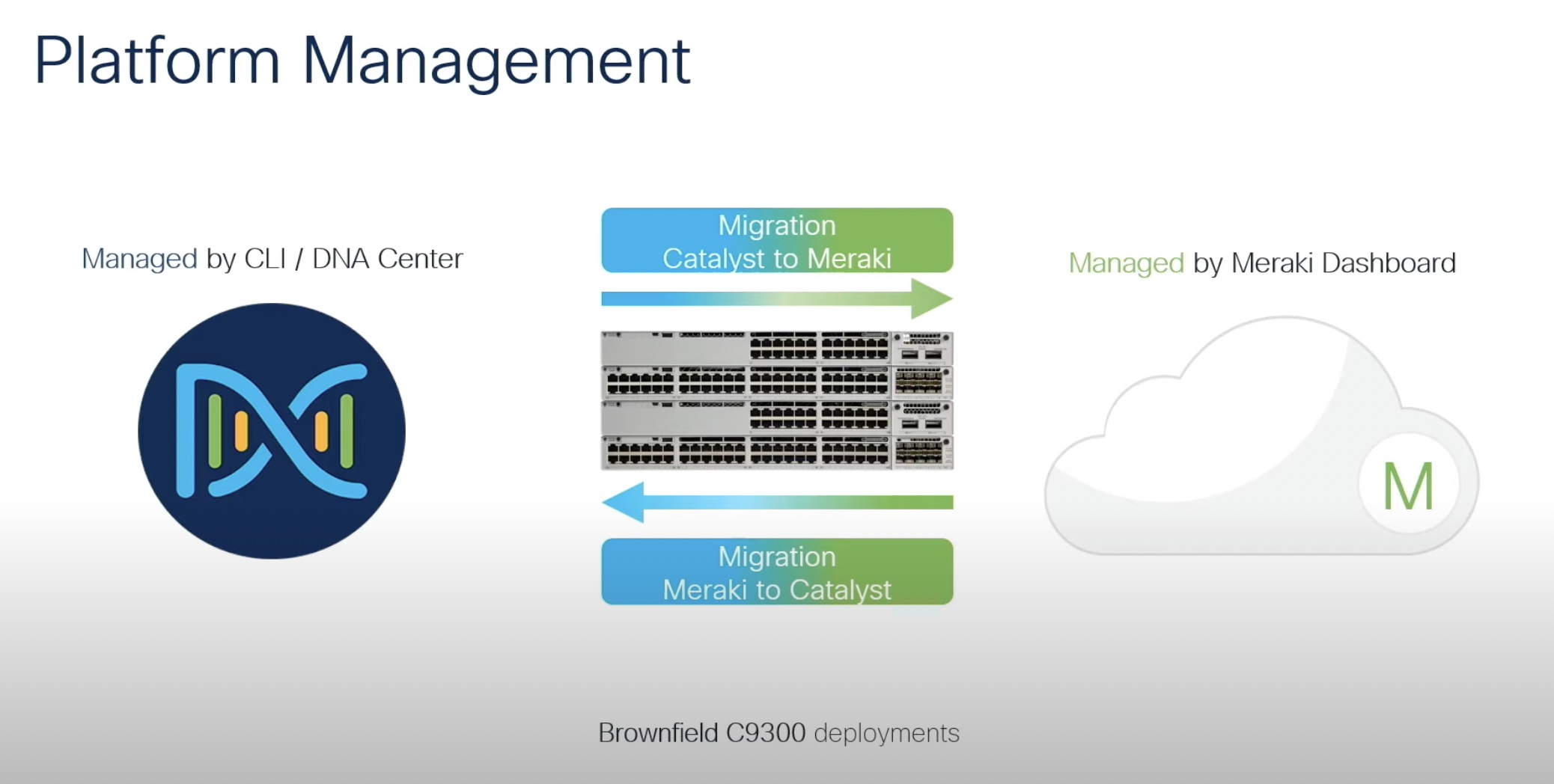As some of you might have read, the stack wars have started. One of the bigger coalitions announced in November 2009 was that between VMware, Cisco and EMC, aptly named VCE. Hitachi Data Systems announced something similar and partnered up with Microsoft, but left everyone puzzled about the partner that will be providing the networking technology in it’s stack. Companies like IBM have been able to provide customers with a complete solution stack for some time now, and IBM will be sure to tell it’s customers that they did so and offered the management tools in form of anything branded Tivoli. To me, IBM’s main weakness is not so much the stack that they offer, as the sheer number of solutions and the lack of one tool to manage it all, let alone getting an overview of all possible combinations.
So, what is this thing called the stack?
Actually the stack is just that, a stack. A stack of what you say? A stack of solutions, bound together by one or more management tools, offered to you as a happy meal that allows you to run the desired workloads on this stack. Or to put things more simply and quote from the Gestalt IT stack wars post:
- Standard hardware configurations are specified for ease of purchasing and support
- The hardware stack includes blade servers, integrated I/O technology, Ethernet networking for connectivity, and SAN or NAS storage
- Unifying software is included to manage the hardware components in one interface
- A joint services organization is available to help in selection, architecture, and deployment
- Higher-level software, from the virtualization hypervisor through application platforms, will be included as well
Until now, we have usually seen a standardized form of hardware, including storage and connectivity. Vendors mix that up with one or multiple management tools and tend to target some form of virtualization. Finally a service offering is included to allow the customer to get service and support from one source.
This strategy has it’s advantages
Compatibility is one of my favorite ones. You no longer need to work trough compatibility guides that are 1400 pages long and will burn you for installing a firmware version that was just one digit off and is now no longer supported in combination with one of your favorite storage arrays. You no longer have to juggle different release notes from your business warehouse provider, your hardware provider, your storage and network provider, your operating system and tomorrow’s weather forecast. Trying to find the lowest common denominator through all of this is still something magical. It’s actually a form of dark magic that usually means working long hours to find out if your configuration is even supported by all the vendors you are dealing with.
This is no longer the case with these stacks. Usually they are purpose or workload built and you have one central source where you get your support from. This source will tell you that you need at least firmware version X.Y on these parts to be eligible for support and you are pretty much set after that. And because you are working with a federated solution and received management tools for the entire stack, your admins can pretty much manage everything from this one console or GUI and be done with it. Or, if you don’t want to that you can use the service offering and have it done for you.
So far so good, right?
Yes, but things get more complicated from here on. For one there is one major problem, and that is flexibility. One of the bigger concerns came up during the Gestalt IT tech field day vBlock session at Cisco. With the vBlock, I have a fixed configuration and it will run smoothly and within certain performance boundaries as long as I stick to the specifications. In the case of a vBlock this was a quite obvious example, where if I add more RAM to a server blade then is specified, I no longer have a vBlock and basically no longer have those advantages previously stated.
Solution stacks force me to think about the future. I might be a Oracle shop now as far as my database goes. And Oracle will run fine on newly purchased stack. But what if I want to switch to Microsoft SQL Server in 3 years, because Mr. Ellison decided that he needs a new yacht and I no longer want to use Oracle? Is my stack also certified to run a different SQL server or am I no longer within my stack boundaries and lost my single service source or the guaranteed workload it could hold?
What about updates for features that are important to me as a single customer? Or what about the fact that these solution stacks work great for new landscapes, or in a highly homogeneous environment? But what about those other Cisco switches that I would love to manage from the tools that are offered within my vBlock, but are outside of the vBlock scope, even if they are the same models?
What about something simple as a “stack lock-in”? I don’t really have a vendor lock-in since only very few companies have the option of offering everything first hand. Microsoft doesn’t make server blades, Cisco doesn’t make SAN storage and that list goes on and on. But with my choice of stack, I am now locked in to a set of vendors, and I certainly have some tools to migrate in to that stack, but migrating out is an entirely different story.
The trend is the stack, it’s as simple as that. But for how long?
We can see the trend clearly. Every vendor seems to be working on a stack offering. I’m still missing Fujitsu as a big hardware vendor in this area, but I am absolutely certain we will see something coming from them. Smaller companies will probably offer part of their portfolio under some sort of OEM license or perhaps features will just be re-branded. And if they are successful enough, they will most likely be swallowed by the bigger vendors at some point.
But as with all in the IT, this is just a trend. Anyone who has been in the business longer than me can probably confirm this. We’ve seen a start with centralized systems, then moving towards a de-centralized environment. Now we are on the move again, centralizing everything.
I’m actually much more interested to see how long this trend will continue. I’m am certain that we will be seeing some more companies offer a complete solution stack, or joining in coalitions to offer said stack. I still think that Oracle was one of the first that pointed in this direction, but they were not the first to offer the complete stack.
So, how do you think this is going to continue? Do you agree with us? What companies do you think are likely to be swallowed, or will we see more coalitions from smaller companies? What are your takes on the advantages and disadvantages?
I’m curious to hear your take on this so let me know. I’m looking forward to what you have to say!




